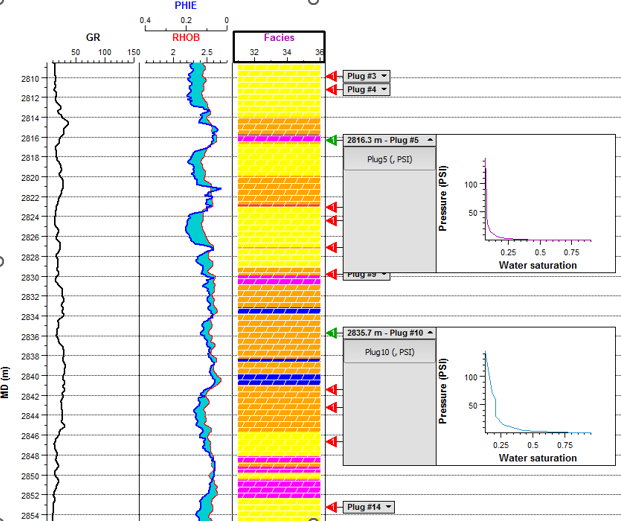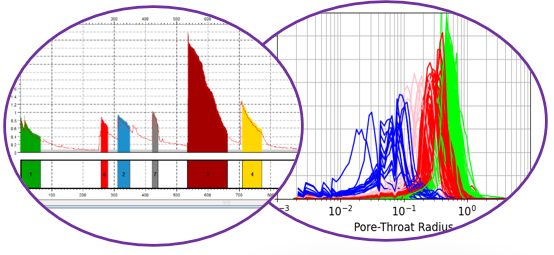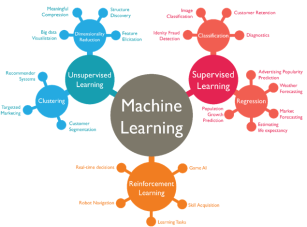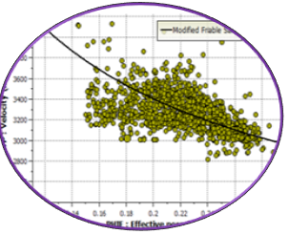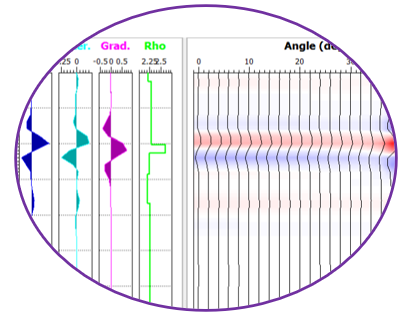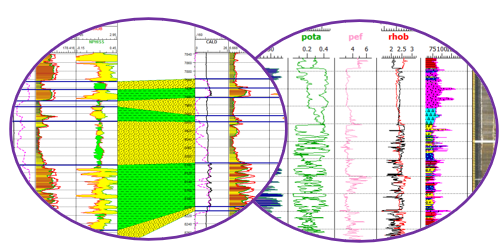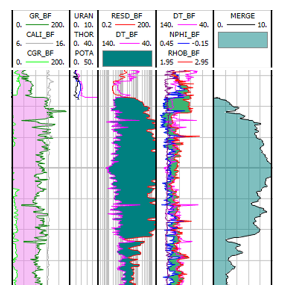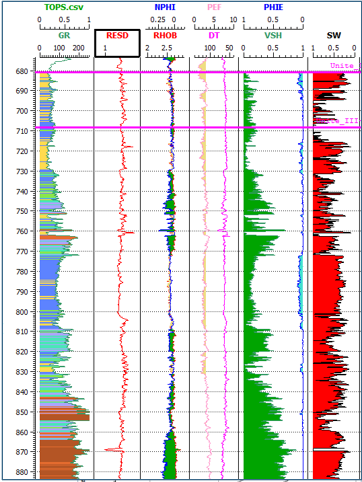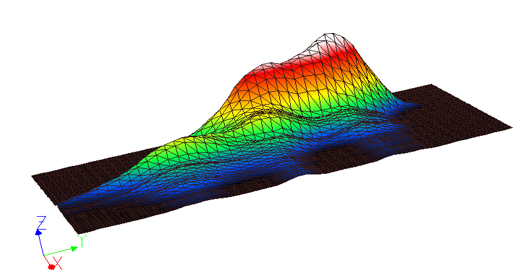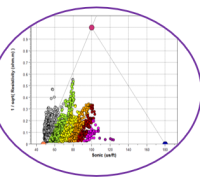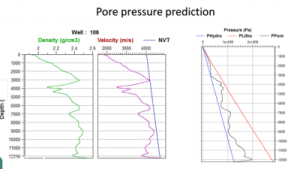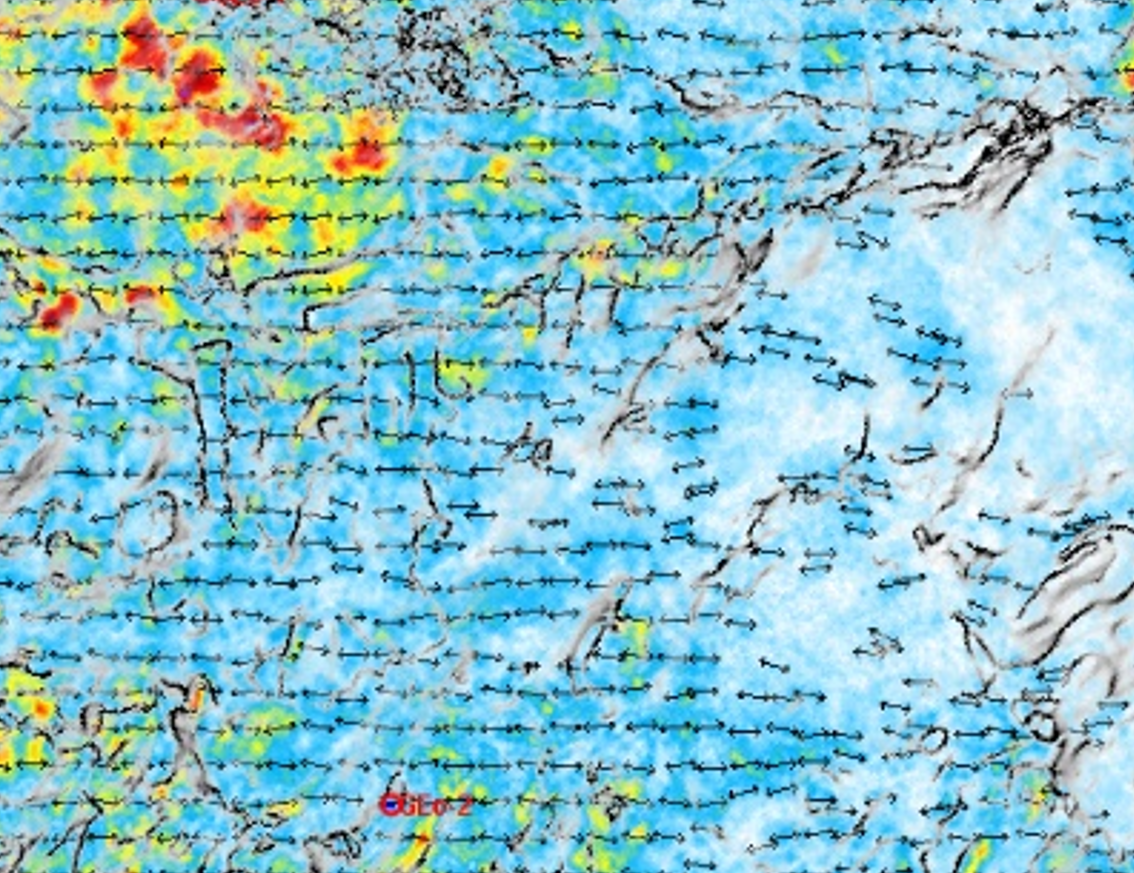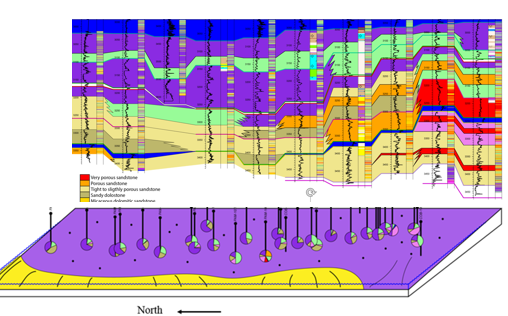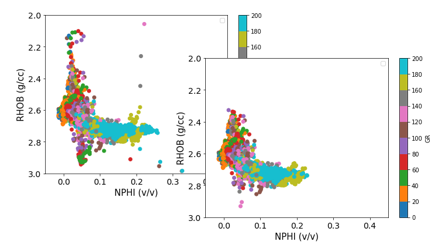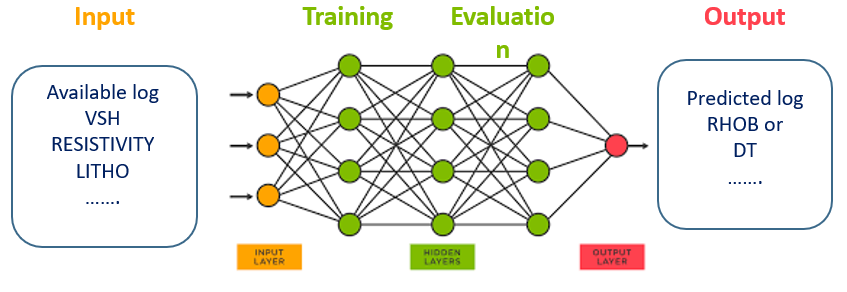EasyTrace, the well data analysis toolbox
EasyTrace™ is an advanced multi-disciplinary 1D data processing and editing tool, featuring a wide range of functionalities under a very productive package for geologists, geophysicists and reservoir engineers.
EasyTrace™ can be used in diverse workflows, such as, well log interpretation, seismic reservoir characterization, electrofacies & rock-typing, gross environmental deposition, source rock evaluation.
Easytrace™ is also plugged on the OpenFlow® platform and shares all its powerful capabilities with all the other OpenFlow Suite™ applications.


